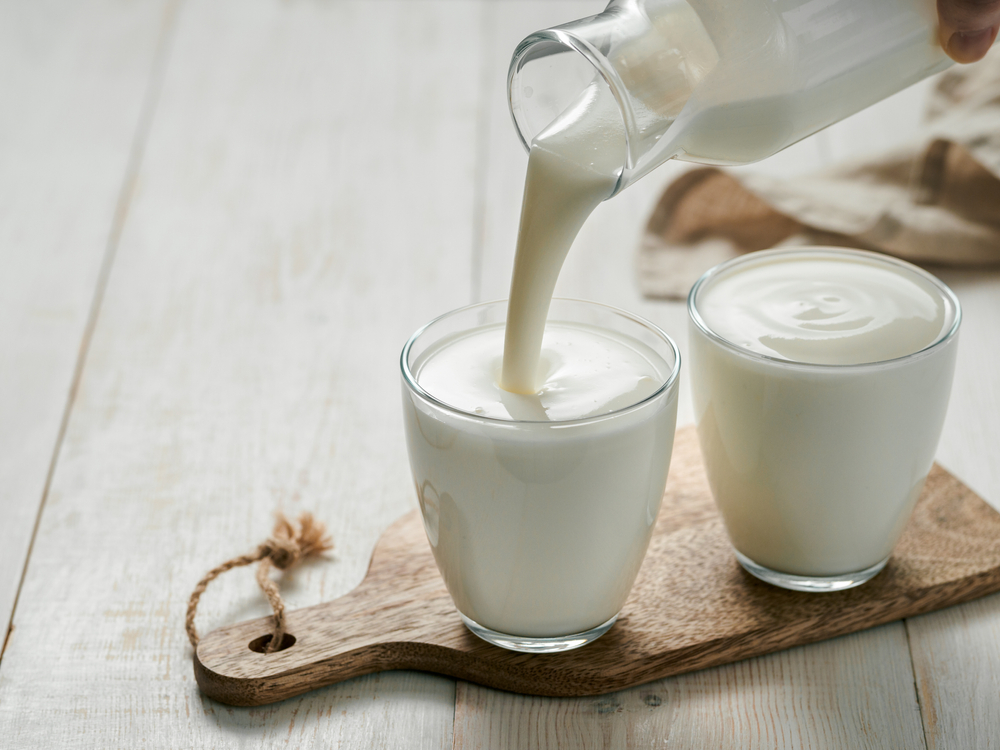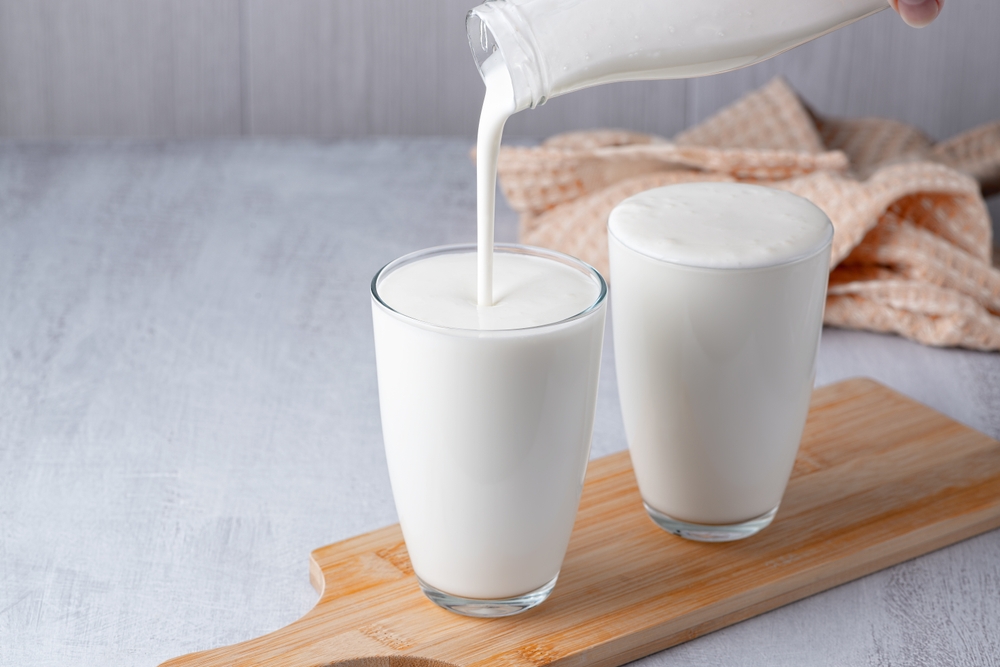Buttermilk is a popular ingredient that many baking recipes call for. It is the liquid created after butter is churned, and full of essential nutrients like calcium, phosphorus, and probiotics. Because its main purpose is for baking, buttermilk will often be left in the fridge for long periods of time.
Buttermilk naturally will have a few lumps, and it won’t be perfectly smooth upon the first time looking at it. However, these lumps should go away easily with stirring. If your buttermilk is super chunky and difficult to pour, it should not be consumed.
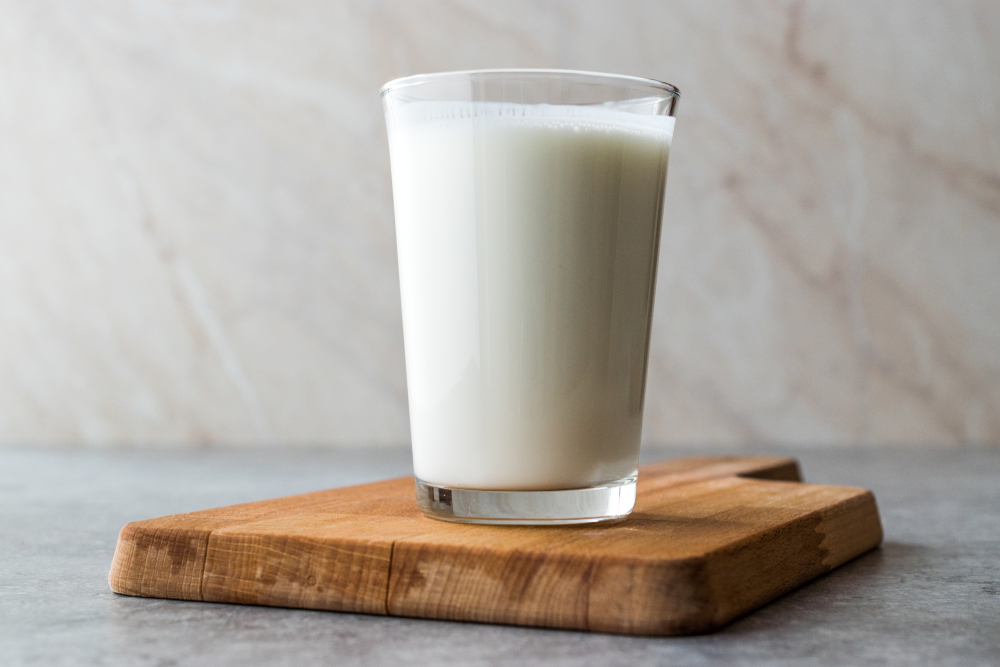
Because buttermilk will be lumpy when it is good, it can be hard to distinguish whether buttermilk has gone bad. Lumpy food is typically a signal of expired food, and buttermilk is no exception. It just becomes more lumpy.
How to Tell if Buttermilk is Expired
The texture of buttermilk is one indicator that it has gone bad, but there are a few others to make note of. If the smell or taste of your buttermilk feels off, it may be expired. Another way to know for sure is by checking the expiration date on the container it came in.
Already, the scent of buttermilk is more tangy than other dairy products. The tanginess is what makes buttermilk the ingredient that many adore, but tanginess can also be an indicator that the buttermilk is not good anymore. If it smells more sour than normal, it should be discarded.
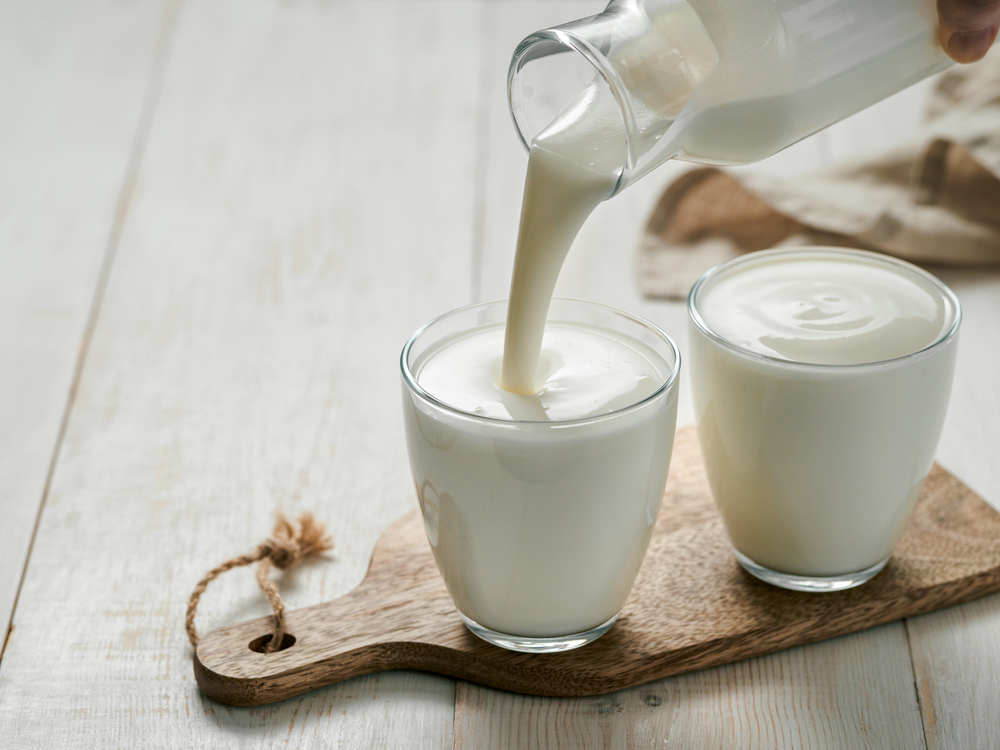
When buttermilk is spoiled, its color will be off too. A more clear way to tell would be if you see any mold growing on the surface of the buttermilk. In either of these cases, it’s time to buy new buttermilk.
Its taste and texture will be off as well. Expired buttermilk takes on an extremely thick and clumpy texture, and an unpleasant taste.
Extending the Shelf Life of Buttermilk
Once you open buttermilk, it can last for around two weeks. It should always be put in the refrigerator as soon as possible. Never leave buttermilk to sit at room temperature.
A tip to make your buttermilk last longer is making sure your fingers are somewhat far away from the opening when you pour it, and never drink it directly from the carton. Both of these activities can create opportunities for bacteria to get in and mold to form. So, avoiding doing either can keep your buttermilk fresh for longer.
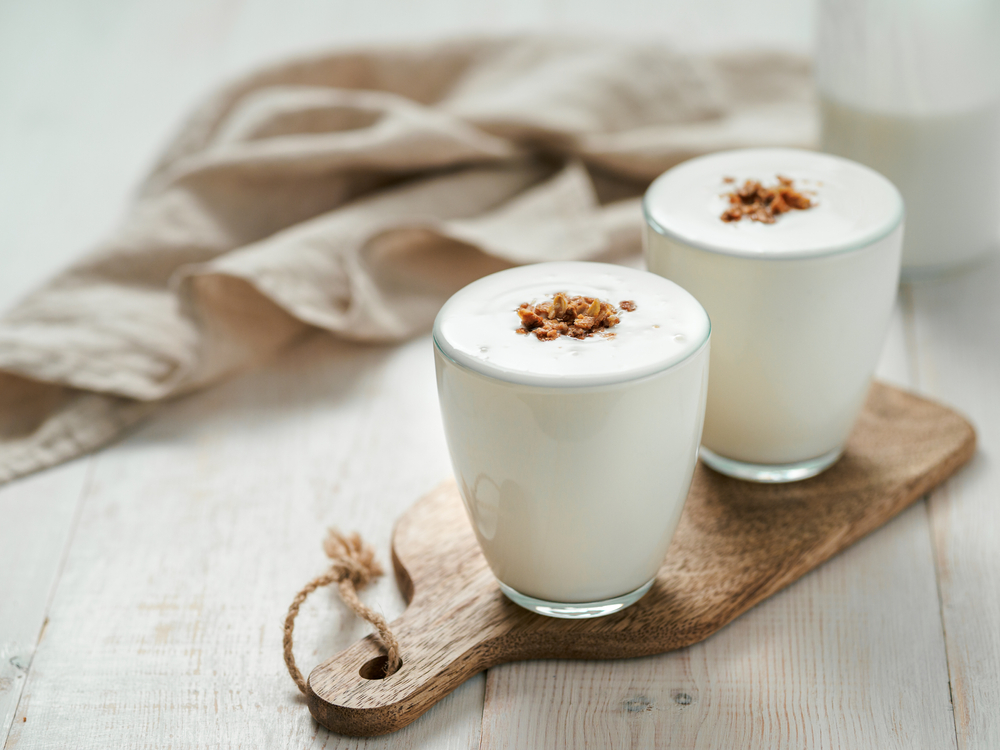
Using a separate airtight container to store buttermilk is never a bad idea either. Purchasing some new bottles online or in a store can extend the shelf life of buttermilk. It can also be frozen, but this is not recommended if you are drinking it or using it uncooked.
Freezing buttermilk causes its texture to change, and can make it clump and separate. When kept properly in the freezer, this does not mean that it has expired. You can expect frozen buttermilk to last for around two months.
Conclusion
Buttermilk is indeed lumpy when it is fresh. However, lumpiness is often an indicator of expired food, and buttermilk is no exception to this. If your buttermilk becomes very lumpy this could mean it has gone bad. It is important to know the difference between normal lumpiness and expired lumpiness in buttermilk.



